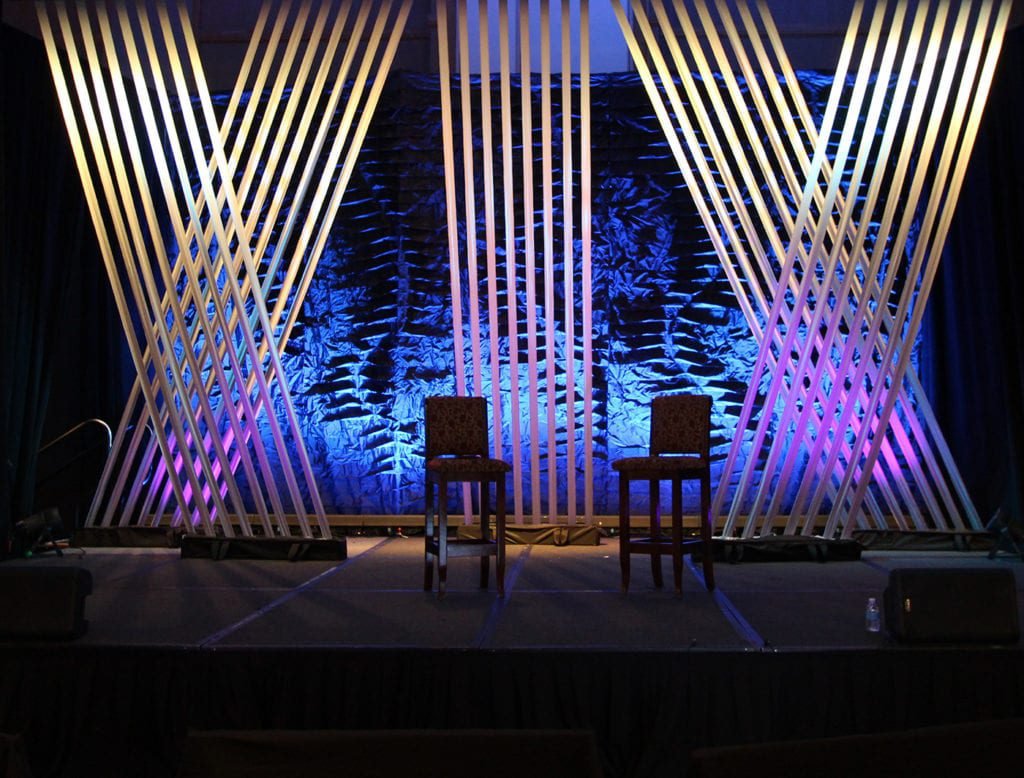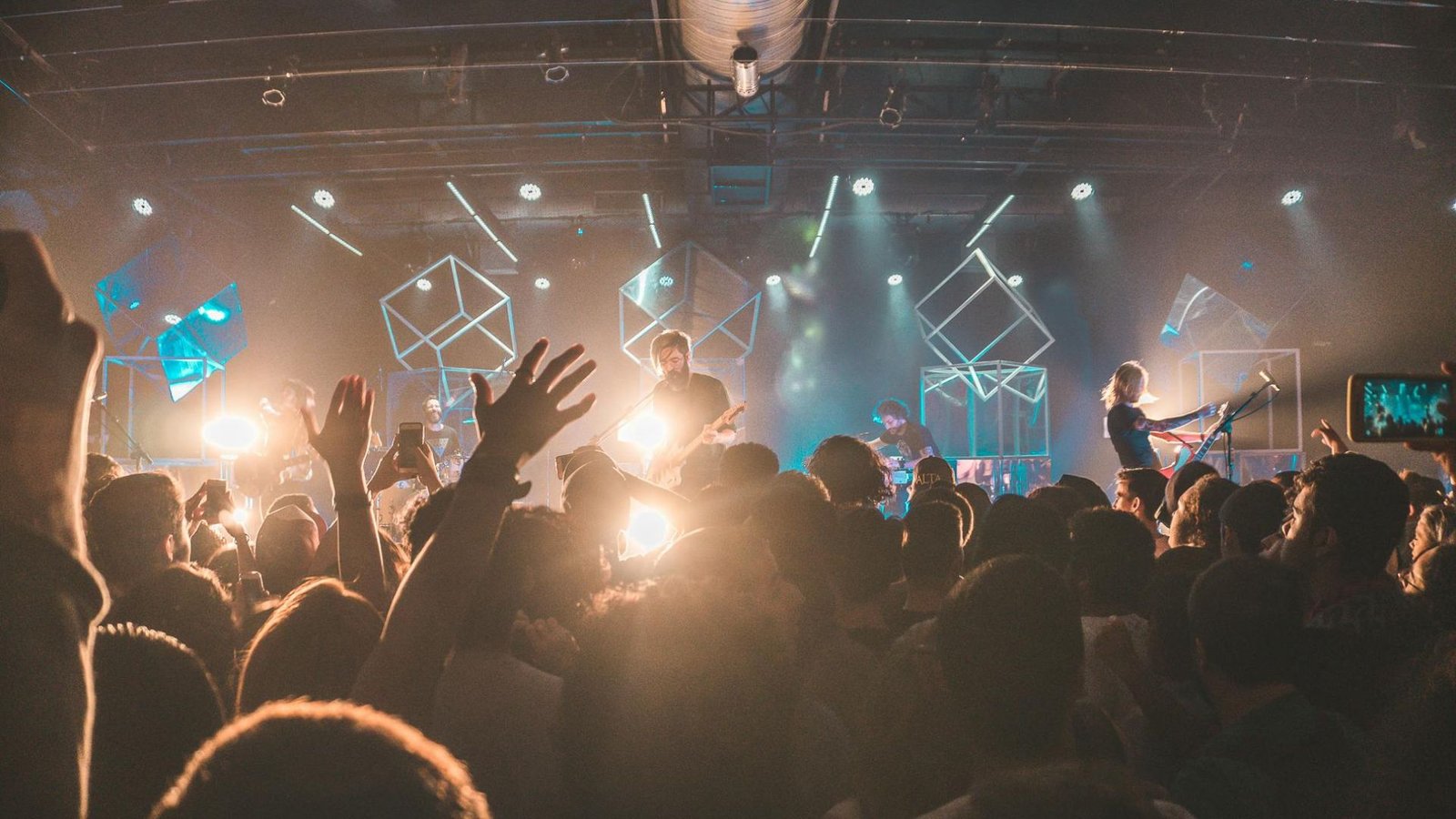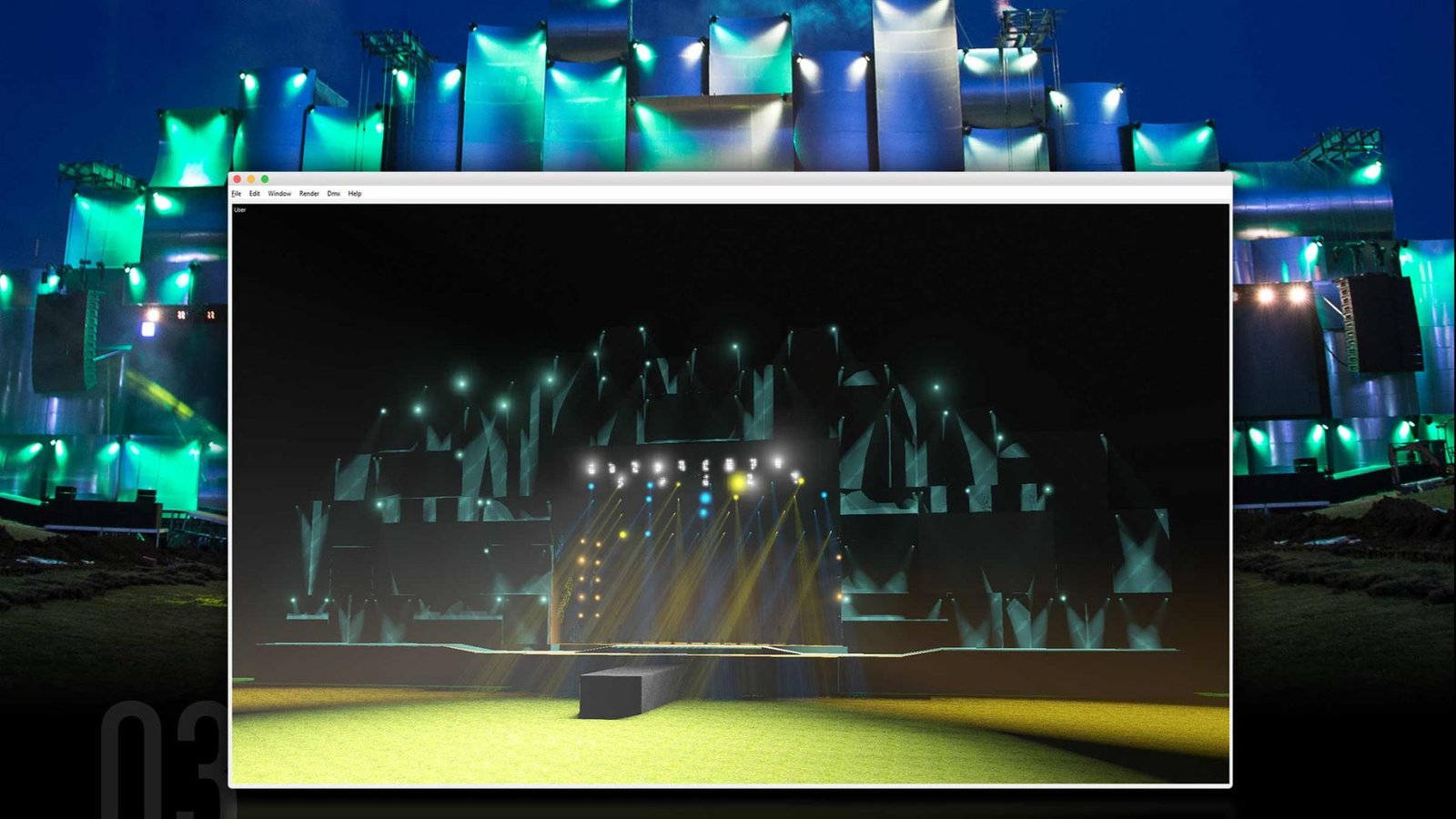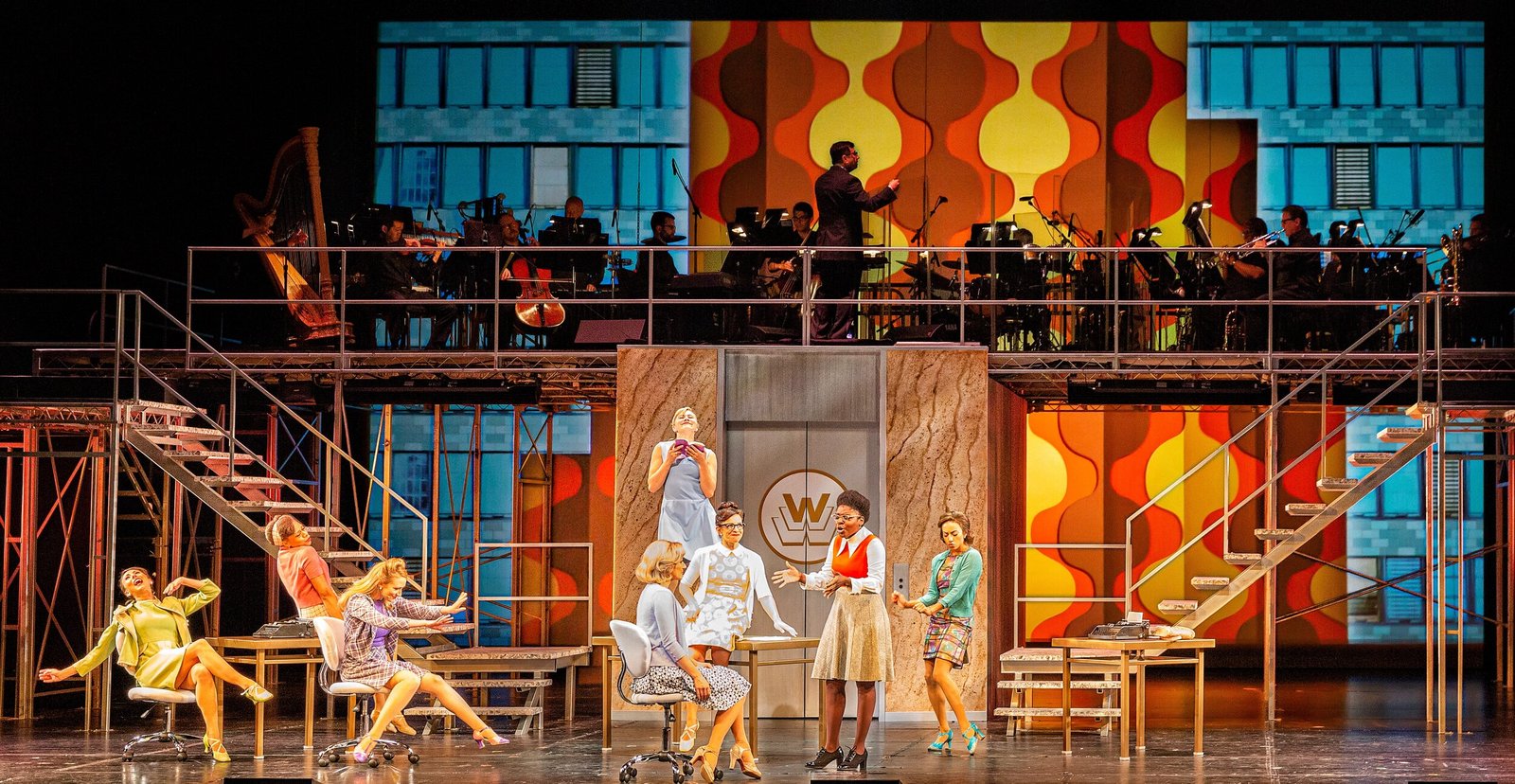One of the best stage design ideas is to incorporate dynamic lighting effects. Lighting can significantly influence the mood and atmosphere of a performance. By using programmable LED lights, moving spotlights, and color-changing gels, you can create a visually stunning environment that complements the action on stage. For instance, soft, warm lighting can enhance a romantic scene, while sharp, dramatic lighting can intensify a climactic moment. Additionally, incorporating lighting effects such as strobe lights or backlighting can add depth and dimension to your stage design, making it more engaging for the audience.

Utilize Innovative Set Pieces and Backdrops
Another excellent approach is to utilize innovative set pieces and backdrops. Creative set design can transform a stage into a completely different world, enhancing the storytelling of a performance. Consider using modular set pieces that can be rearranged or transformed during the show to reflect changes in location or time. For example, a rotating set or a combination of movable panels can quickly switch between scenes. Additionally, incorporating digital backdrops or projection mapping can create immersive environments that adapt to the narrative. This versatility not only captures the audience’s attention but also provides flexibility in staging.
Embrace Minimalist Design for Flexibility
Embracing minimalist design is one of the best stage design ideas for creating a versatile and adaptable stage environment. A minimalist approach focuses on using a few key elements to achieve maximum impact. By simplifying the set and reducing clutter, you allow the performance and actors to take center stage. Minimalist designs can also make scene transitions smoother and faster, as fewer elements need to be moved or adjusted. This approach is particularly effective for shows that require frequent scene changes or when the emphasis is on the actors’ performances rather than elaborate settings.
Integrate Interactive Elements
Integrating interactive elements into your stage design can also enhance the audience’s experience. Interactive elements can include audience participation components, such as props or digital screens that engage viewers in real-time. For example, incorporating a touchscreen interface that allows the audience to influence aspects of the performance or using augmented reality to create interactive visuals can create a more immersive experience. These elements not only make the performance more engaging but also provide a unique and memorable experience for the audience, setting your stage design apart from others.
Experiment with Thematic and Artistic Styles
Experimenting with thematic and artistic styles is another effective strategy for achieving outstanding stage design. Choose a theme that aligns with the performance’s narrative and aesthetic, and let this theme guide your design choices. For instance, a show set in a futuristic world might benefit from sleek, modern set pieces and a high-tech color palette, while a historical drama might call for detailed period-specific props and backdrops. Additionally, exploring various artistic styles, such as abstract or surreal, can add a creative flair to your design. This approach allows you to tailor your stage design to the specific needs of the performance, enhancing its overall impact.
Optimize Stage Layout and Flow
Optimizing stage layout and flow is essential for creating an effective and functional stage design. A well-planned layout ensures that actors have ample space to move and perform while maintaining clear sightlines for the audience. Consider the traffic patterns on stage and how different scenes will be staged to minimize disruptions and maintain fluid transitions. Additionally, incorporating multiple levels or platforms can add visual interest and provide different perspectives for the audience. Effective stage flow facilitates a smooth performance and ensures that the design complements the action on stage.
Incorporate Multi-Sensory Elements
Incorporating multi-sensory elements into your stage design can elevate the audience’s experience and make the performance more memorable. Multi-sensory design involves engaging not just the visual sense but also incorporating sound, smell, and texture. For instance, using surround sound systems can enhance the auditory experience, while scent dispensers can evoke specific atmospheres or settings. Textural elements on the stage, such as different surfaces or materials, can also add to the sensory experience. By engaging multiple senses, you create a more immersive and impactful stage design that captivates the audience on various levels.
Use Creative Props and Costumes
Finally, using creative props and costumes is a key element of effective stage design. Props and costumes should not only support the narrative but also enhance the overall visual impact of the performance. Select props that complement the set design and contribute to the storytelling, ensuring they are both functional and aesthetically pleasing. Similarly, costumes should align with the theme and style of the performance while allowing actors to move comfortably. Creative and thoughtfully designed props and costumes add depth and authenticity to the performance, making it more engaging and visually appealing.
Conclusion
Implementing the best stage design ideas involves a combination of innovative techniques and creative approaches. Incorporating dynamic lighting effects, utilizing innovative set pieces, and embracing minimalist design can create visually compelling environments. Integrating interactive elements, experimenting with thematic styles, and optimizing stage layout enhance the overall experience. Additionally, incorporating multi-sensory elements and using creative props and costumes further elevate the performance. By applying these design principles, you can achieve a stage design that captivates and engages audiences, making each performance a memorable and impactful experience.




